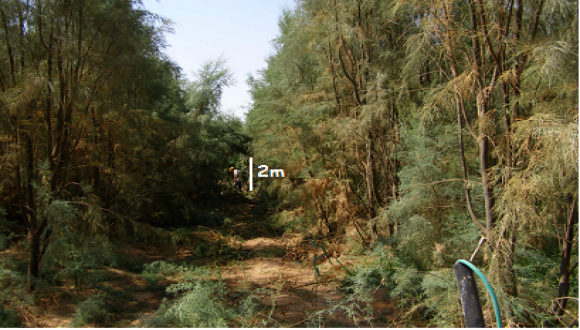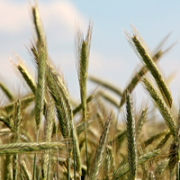Biomass Production
Selection of drought-tolerant, high biomass-yielding plants asrenewable energy sources and beneficial commodity, using wastewater sources and non-agricultural desert land
Selection of drought-tolerant, high biomass-yielding plants asrenewable energy sources and beneficial commodity, using wastewater sources and non-agricultural desert land
The aim of the study is to identify and select native species as new sources of energy crops, not competing with agricultural crops for arable land and water resources. Certain desert plants have evolved to successfully cope with arid conditions using saline water sources. We are currently studying several such drought-resistant, high biomass-yielding varieties. We have identified several salt cedar species with high biomass producing potential under extreme conditions, and capability of establishing forests in dry zones and desert areas utilizing wastewater irrigation. Further characterization of these fast-growing species is in progress, aiming at improving stress tolerance and biomass production
Salt cedar- Tamarix aphylla(Erect type) grown in the desert and irrigation with reclaimed water
Five months after planting

Twenty months after planting











